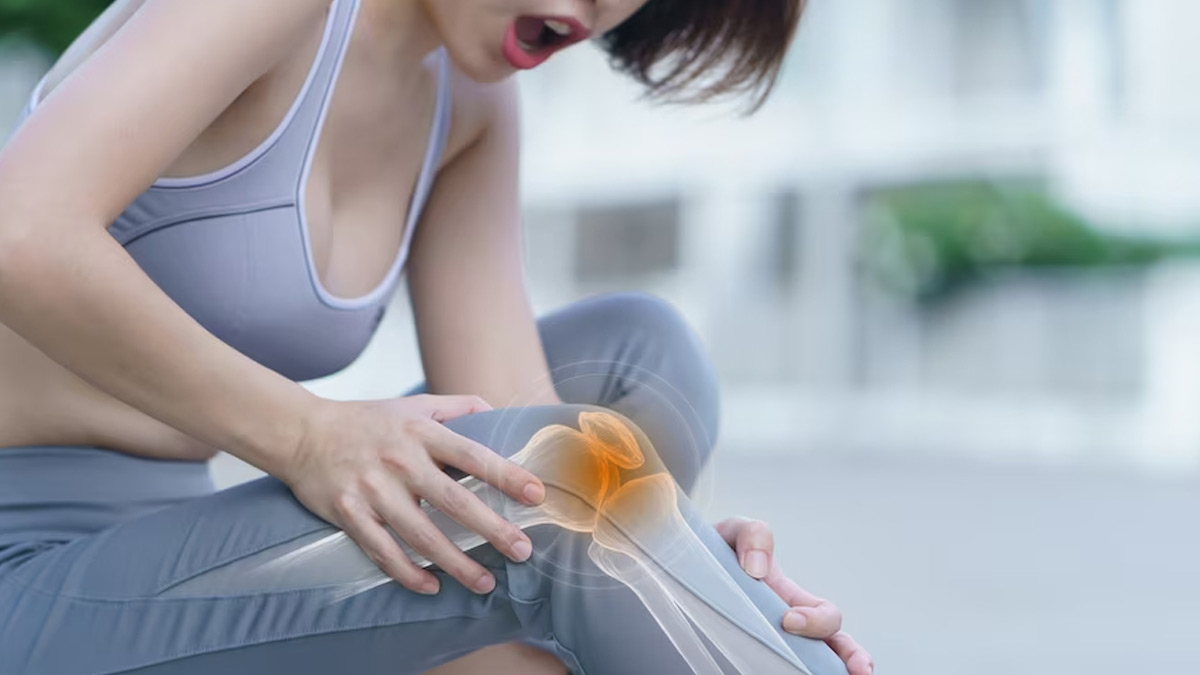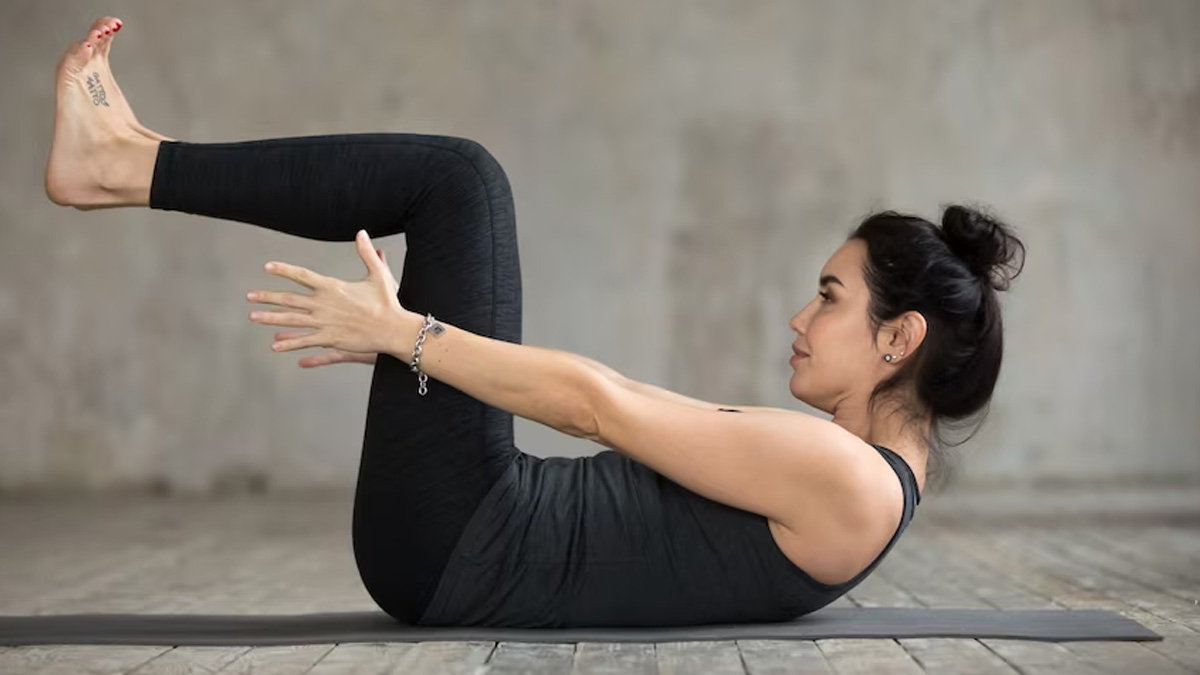

Clicking and locking joints can be indicative of underlying joint health issues that, if left unaddressed, may lead to discomfort, reduced mobility, and potential injuries. These sensations are often associated with joint disorders, such as osteoarthritis, meniscus tears, and ligament injuries. Dr Prashanth Kalale, Orthopaedic Surgeon at Apollo Spectra Hospital, Bangalore highlights that maintaining optimal joint health is crucial to prevent these issues and ensure a high quality of life.
What is Clicking and Locking Joints
Dr Kalale defines clicking joints as joint cracking, occurring when gas bubbles within the synovial fluid, which lubricates joints, are rapidly released due to changes in pressure. This release creates the characteristic popping sound. On the other hand, locking joints involve a joint becoming temporarily stuck, restricting its normal range of motion. This can be due to a mechanical blockage, such as a torn meniscus or dislocated joint, or inflammation and muscle imbalances.
Causes of Clicking and Locking Joints

The main causes of this issue as per Dr Kalale are:
- Osteoarthritis: The gradual breakdown of cartilage in joints can lead to roughened joint surfaces and the production of clicking sounds during movement.
- Meniscus Tears: Tears in the meniscus, the cartilage between joints, can cause clicking and locking sensations, particularly in the knee joint.
- Ligament Injuries: Damage to ligaments can lead to joint instability and abnormal movements, resulting in clicking or locking sensations.
- Synovial Cysts: Fluid-filled sacs that form in the joints can obstruct movement and lead to locking.
- Muscle Imbalances: Weak or tight muscles can alter joint mechanics, contributing to abnormal movements that cause clicking or locking.
Tips for Joint Health and Injury Prevention

Here is a list of doctor-verified tips to prevent joint injuries:
- Maintain a Healthy Weight: Excess weight causes additional stress on joints, increasing the risk of wear and tear. Maintaining a healthy weight reduces this burden and improves joint health.
- Stay Active: Regular physical activity helps keep joints lubricated and strengthens surrounding muscles, providing stability and reducing the risk of injury.
- Practise Proper Posture: Good posture minimises stress on joints and promotes proper alignment, preventing unnecessary strain.
- Warm-Up and Stretch: Engaging in a thorough warm-up routine and proper stretching before physical activity enhances joint flexibility and reduces the risk of injury.
- Stay Hydrated: Drinking an adequate amount of water supports the production of synovial fluid, maintaining joint lubrication.
- Incorporate Omega-3 Fatty Acids: Foods rich in omega-3 fatty acids, like fatty fish, walnuts, and flaxseeds, possess anti-inflammatory properties that promote joint health.
- Protect Joints during Activities: Use appropriate protective gear and equipment during sports and physical activities to minimise the risk of impact-related injuries.
- Avoid Overexertion: Knowing one’s limits and avoiding overexertion during physical activities can prevent excessive stress on joints.
Watch this video to know possible remedies for joint health:
Conclusion
Clicking and locking joints can be early signs of joint health issues that should not be ignored. Understanding the causes of these sensations and taking proactive steps to maintain joint health is essential for preventing discomfort and injuries, concludes Dr Kalale. By following the medical perspective-based tips provided in this article, individuals can ensure their joints remain functional, flexible, and pain-free throughout their lives. Always consult a medical professional for personalised guidance if experiencing persistent joint issues.
اكتشاف المزيد من ينبوع المعرفة
اشترك للحصول على أحدث التدوينات المرسلة إلى بريدك الإلكتروني.
